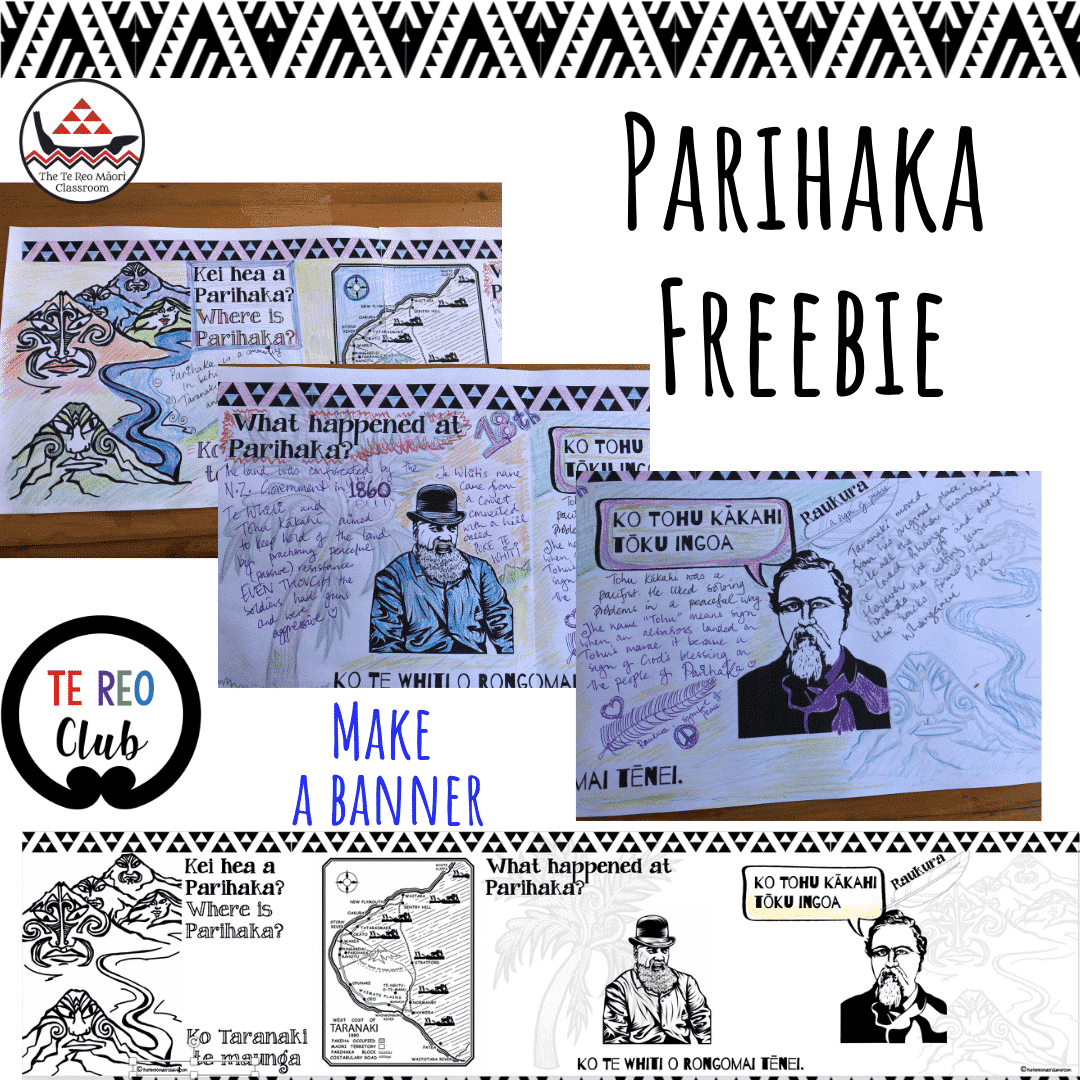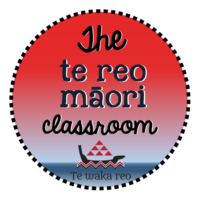Many New Zealanders associate 5 November with Guy Fawkes. On the other hand, others remember the date for a very different reason. They commemorate what happened in Parihaka.

The Day of Plunder
Taranaki Māori remember 5 November 1881 as ‘Te Rā o te Pāhua’ or the ‘Day of Plunder’. Particularly, the invasion of Parihaka — te pāhuatanga — happened when around 1500 armed constabulary and volunteers led by the Native Affairs Minister, John Bryce, invaded Parihaka.
In the early days, it was a thriving, self-sufficient community. Accordingly, it was an example of Māori autonomy in the 19th century. In addition, it was a community which combined European innovation and equipment, and traditional Māori values.
Parihaka had its own bank and police to keep order. Moreover, a large area of land was cultivated, and modern agricultural equipment such as reaping machines were used. Furthermore, the people harvested, hunted, and gathered food to feed their many visitors.
Confiscation of land by the New Zealand Government became the central problem faced by Taranaki Māori. Consequently, they adopted a new approach of peaceful resistance under the leadership of Te Whiti o Rongomai and Tohu Kākahi.
The Children of Parihaka
Troops had surrounded Parihaka for months before the invasion. They even set up a cannon on a nearby hill. The soldiers had enough ammunition and were thinking it would be a ‘bloody battle’. However, the reality was very different.
There was no bloody fighting. Singing children and women greeted invading soldiers, offering them fresh loaves of bread, and song.
The pa’s children held white feathers of peace.
Tātarakihi -The Children of Parihaka
This resource is a collection of posters and task cards to help ākonga investigate the history of Parihaka.

It begins with the pūrākau-Battle of the Mountains-and the story of Taranaki, the maunga associated with Parihaka.
Moreover, the 3-page banner will support those wanting to present a collaborative manner.
These banners are really popular for worksheets or posters. More available here @ Te Reo Club
The Caritas Parihaka resource was written in consultation with the people of Parihaka and has some useful information.
Info from:
Thanks to
Fill the form below to receive the Parihaka resource (26 pages)
Also remember to check out our membership site Te Reo Club.

